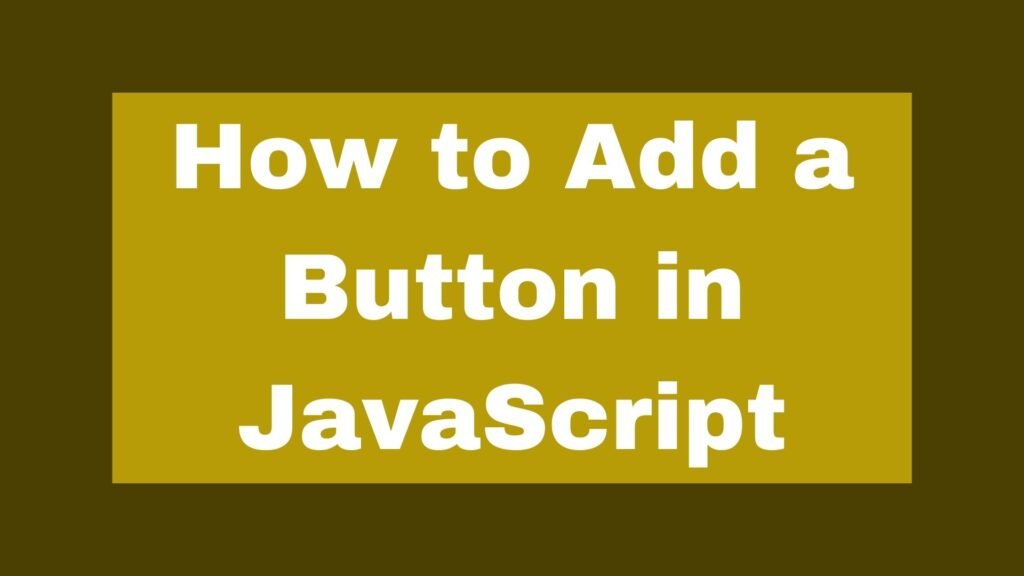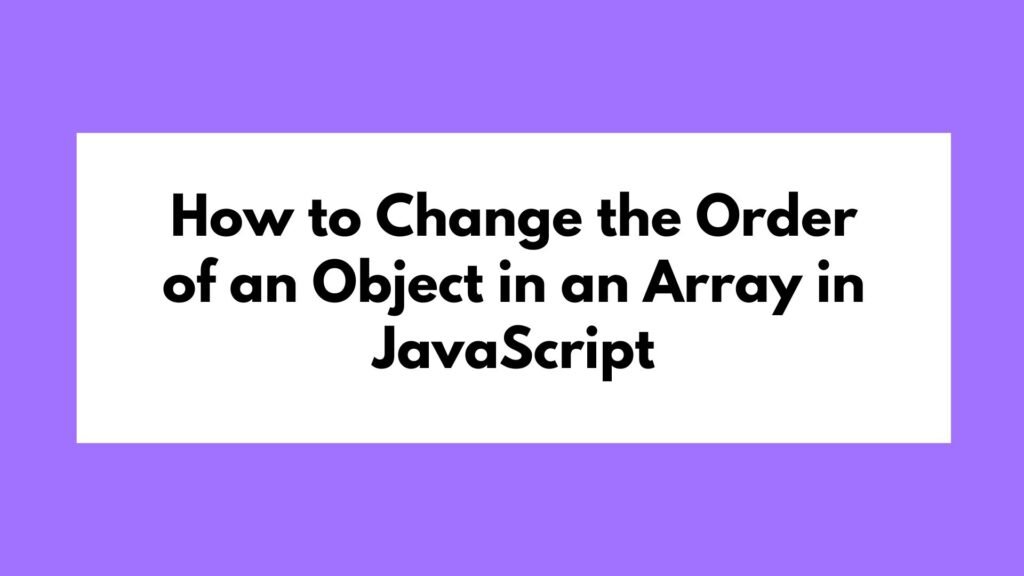
Adding a button to a webpage using JavaScript is a fundamental skill in web development. Whether you want to create a dynamic user interface or add interactivity to your web applications, knowing how to programmatically add buttons is essential. This guide will cover various methods to add a button using JavaScript, with detailed explanations and examples for each approach.
let button = document.createElement('button');
button.innerText = 'Click Me';
document.body.appendChild(button);
To add a button in JavaScript, you can use the document.createElement() method and append it to the desired element:
Methods on How to Add a Button in JavaScript
Buttons are a key component of user interfaces, allowing users to interact with web applications. Adding buttons dynamically using JavaScript enables developers to create interactive and responsive web pages. This guide explores different methods to add buttons to a webpage using JavaScript.
Using document.createElement()
The document.createElement() method is a fundamental way to create new elements in the DOM. This method allows you to create a button element and append it to the desired parent element.
Example 1: Basic Button Creation
let button = document.createElement('button');
button.innerText = 'Click Me';
document.body.appendChild(button);
Explanation:
document.createElement('button'): Creates a new button element.button.innerText = 'Click Me': Sets the button text to “Click Me”.document.body.appendChild(button): Appends the button to the body of the document.
Adding Attributes to the Button
You can add attributes like ID, class, and styles to the button for better control and customization.
Example 2: Adding ID and Class
let button = document.createElement('button');
button.innerText = 'Click Me';
button.id = 'myButton';
button.className = 'btn btn-primary';
document.body.appendChild(button);
Explanation:
button.id = 'myButton': Sets the button’s ID to “myButton”.button.className = 'btn btn-primary': Sets the button’s class to “btn btn-primary”.
Adding Event Listeners
Adding event listeners to the button allows you to define actions when the button is clicked or interacted with.
Example 3: Adding Click Event
let button = document.createElement('button');
button.innerText = 'Click Me';
button.addEventListener('click', () => alert('Button Clicked!'));
document.body.appendChild(button);
Explanation:
button.addEventListener('click', () => alert('Button Clicked!')): Adds a click event listener to the button that shows an alert when clicked.
Inserting Button into Specific Element
You can insert the button into any specific element in the DOM, such as a div, instead of appending it directly to the body.
Example 4: Appending to a Div
<!DOCTYPE html>
<html lang="en">
<head>
<meta charset="UTF-8">
<meta name="viewport" content="width=device-width, initial-scale=1.0">
<title>Add Button Example</title>
</head>
<body>
<div id="button-container"></div>
<script>
let button = document.createElement('button');
button.innerText = 'Click Me';
document.getElementById('button-container').appendChild(button);
</script>
</body>
</html>
Explanation:
document.getElementById('button-container').appendChild(button): Appends the button to the div with ID “button-container”.
Using InnerHTML
Using innerHTML is another method to add a button, though it is generally less recommended due to potential security risks like XSS attacks.
Example 5: Using InnerHTML to Add Button
<!DOCTYPE html>
<html lang="en">
<head>
<meta charset="UTF-8">
<meta name="viewport" content="width=device-width, initial-scale=1.0">
<title>Add Button Example</title>
</head>
<body>
<div id="button-container"></div>
<script>
document.getElementById('button-container').innerHTML = '<button>Click Me</button>';
</script>
</body>
</html>
Explanation:
document.getElementById('button-container').innerHTML = '<button>Click Me</button>': Sets the inner HTML of the div to include a button.
Conclusion
Adding buttons dynamically in JavaScript can be accomplished using various methods, each with its own advantages and use cases. Whether using document.createElement(), innerHTML, or adding event listeners, these techniques allow you to create interactive and responsive web pages. Understanding these methods ensures you can effectively manage and manipulate buttons in your JavaScript projects.


